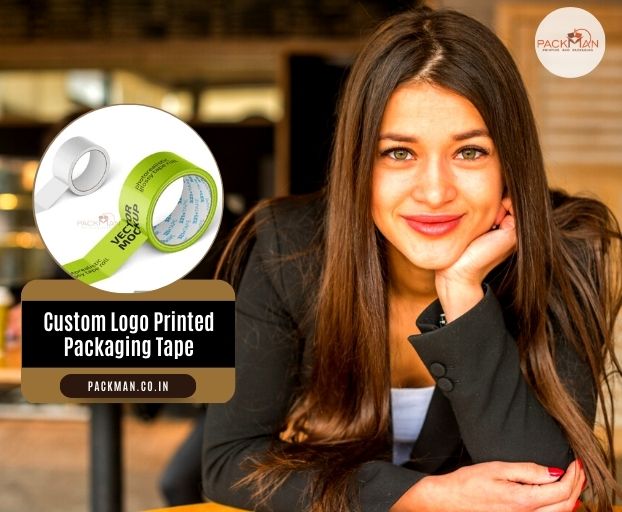Once your package is ready to be shipped, it is imperative to check if it is properly sealed. If the package is not properly sealed, the contents inside can be damaged during the shipping process. This can lead to spoiled or damaged goods and unhappy customers, which can affect your business. For example, if your package contains food, a loose seal can result in the food being exposed to moisture, which can cause it to spoil or mold before it reaches the customer. That’s where packaging tapes come into play. It ensures that the contents of the package are secured and protected during the shipping process. However, environmental factors like temperature and humidity affect the performance of packing tapes based on their types/ grades. For instance, hot and humid climates may cause tape to become limp and non-adhesive, while cold temperatures can cause tape to become brittle and crack, leading to package leakage.
Indian summers are hot and humid. Not only are humans affected, but packaging tapes are as well. Let’s find out how temperature and humidity affect the performance of packaging tapes from Packman Packaging, a leading custom logo printed tape manufacturer and supplier in India.
Temperature: Temperature affects the adhesion of the adhesive on the tape, which is what makes it stick to things. When temperatures are too high, the adhesive can become too soft, making it less effective. Conversely, when temperatures are too low, the adhesive can become too hard, making it less effective. For instance, at temperatures above 80 degrees Fahrenheit, the adhesive becomes too soft to provide a strong bond, and at temperatures lower than 40 degrees Fahrenheit, the adhesive becomes too brittle to provide a strong bond. In extreme cases, the tape may even crack or break. Therefore, it’s important to store and use the tape within its recommended temperature range.
By temperature, we mean application temperature and service temperature.
Application temperature: It is the temperature at which a particular type of packaging tape will adhere best to a surface. Different types of packaging tape require different application temperatures in order to ensure the best possible adhesion. For instance, hot melt tapes require higher temperatures, while acrylic tapes require lower temperatures. It is important to adhere to the manufacturer’s instructions for the best results when using packaging tapes.
Service temperature refers to the range of temperatures a packaging tape can operate in without losing its adhesive quality or strength. It has a direct impact on the adhesive property of the tape and also its bond strength. Generally, the higher the temperature, the less strong the bond will be. Colder temperatures will cause the adhesive to be more viscous, resulting in a stronger bond. Hot melt tapes work in application temperatures ranging from 20F to 75 F and in-service temperatures from -20 F to 100 F.
Humidity: When the air is humid, the adhesive on the tape weakens and it doesn’t stick as well. This is because the adhesive is affected by the moisture in the air, which can make it less effective. High humidity can cause the tape’s adhesive to absorb moisture, which can reduce its ability to stick to surfaces. This can lead to the tape peeling off or losing its grip. On the contrary, low humidity can cause the tape’s adhesive to become too dry, which can make it more brittle and reduce its adhesion. For example, hot melt tapes are ‘hydrophobic’ (afraid of water) in nature which is why these tapes don’t perform well in damp or humid environments. Acrylic tapes in contrast can withstand humidity.
Temperature and humidity can also affect the tensile strength of the tape. Tensile strength measures the maximum amount of tension a material can withstand before breaking. Higher temperatures increase the tensile strength of packaging tape because the adhesive becomes more pliable and can form a stronger bond. Conversely, lower temperatures cause the adhesive to become stiffer and less able to form a strong bond, resulting in a decrease in tensile strength.
High humidity can cause the adhesive on the tape to become sticky and weak, reducing the tensile strength of the tape. Low humidity can cause the adhesive on the tape to become brittle and crack, also reducing its tensile strength.
With this knowledge, you can make an informed choice about packaging tapes.






